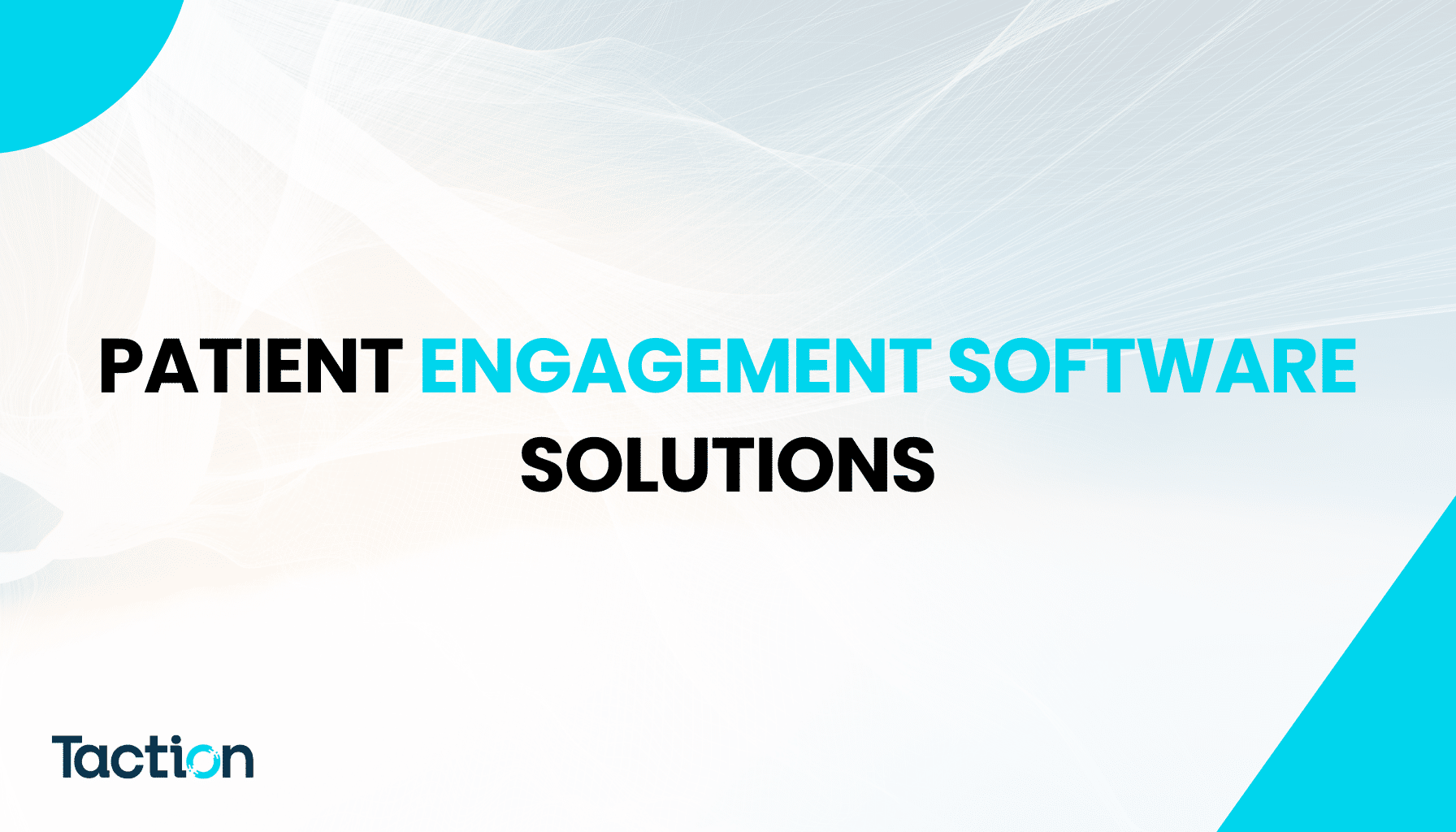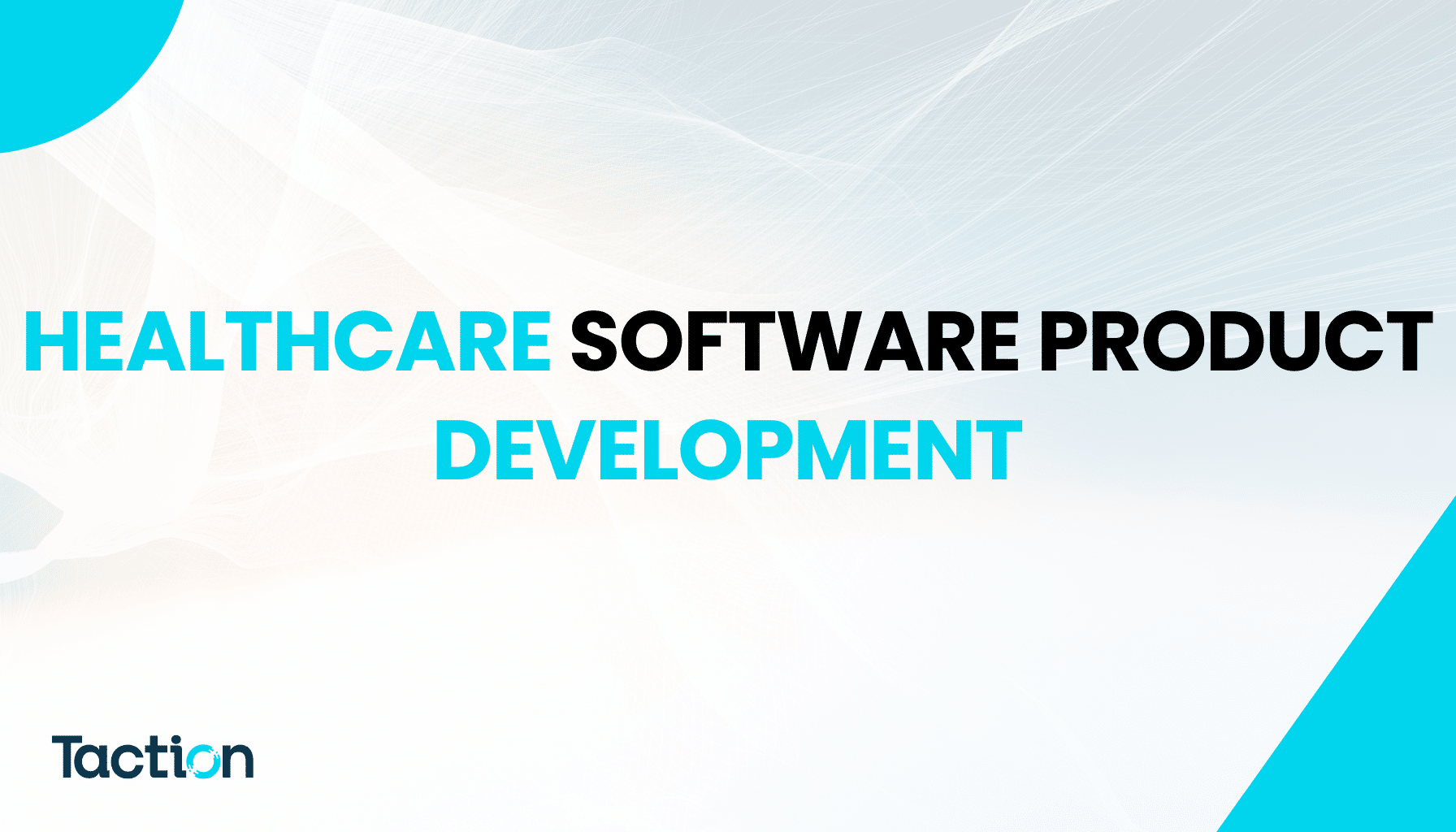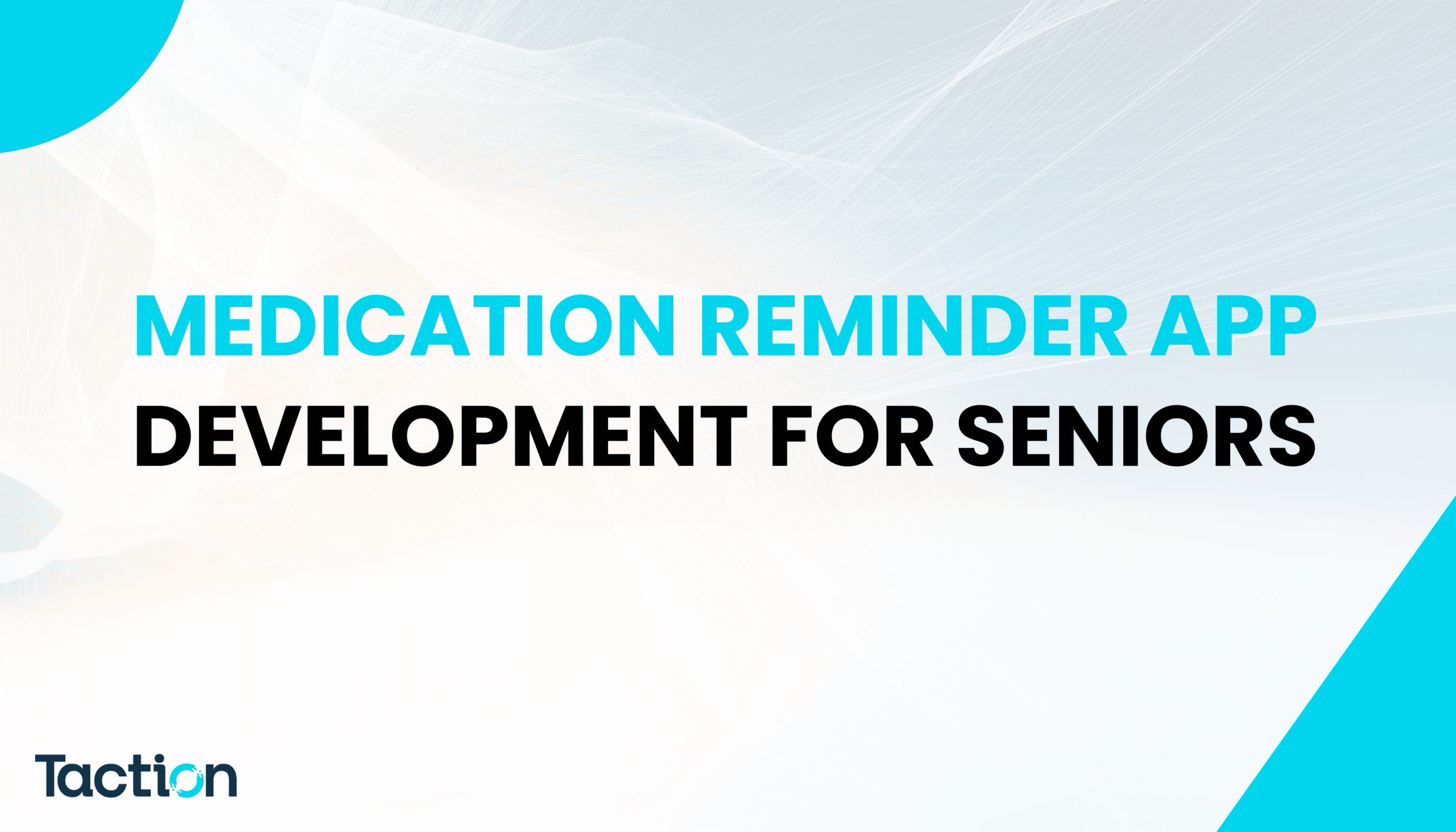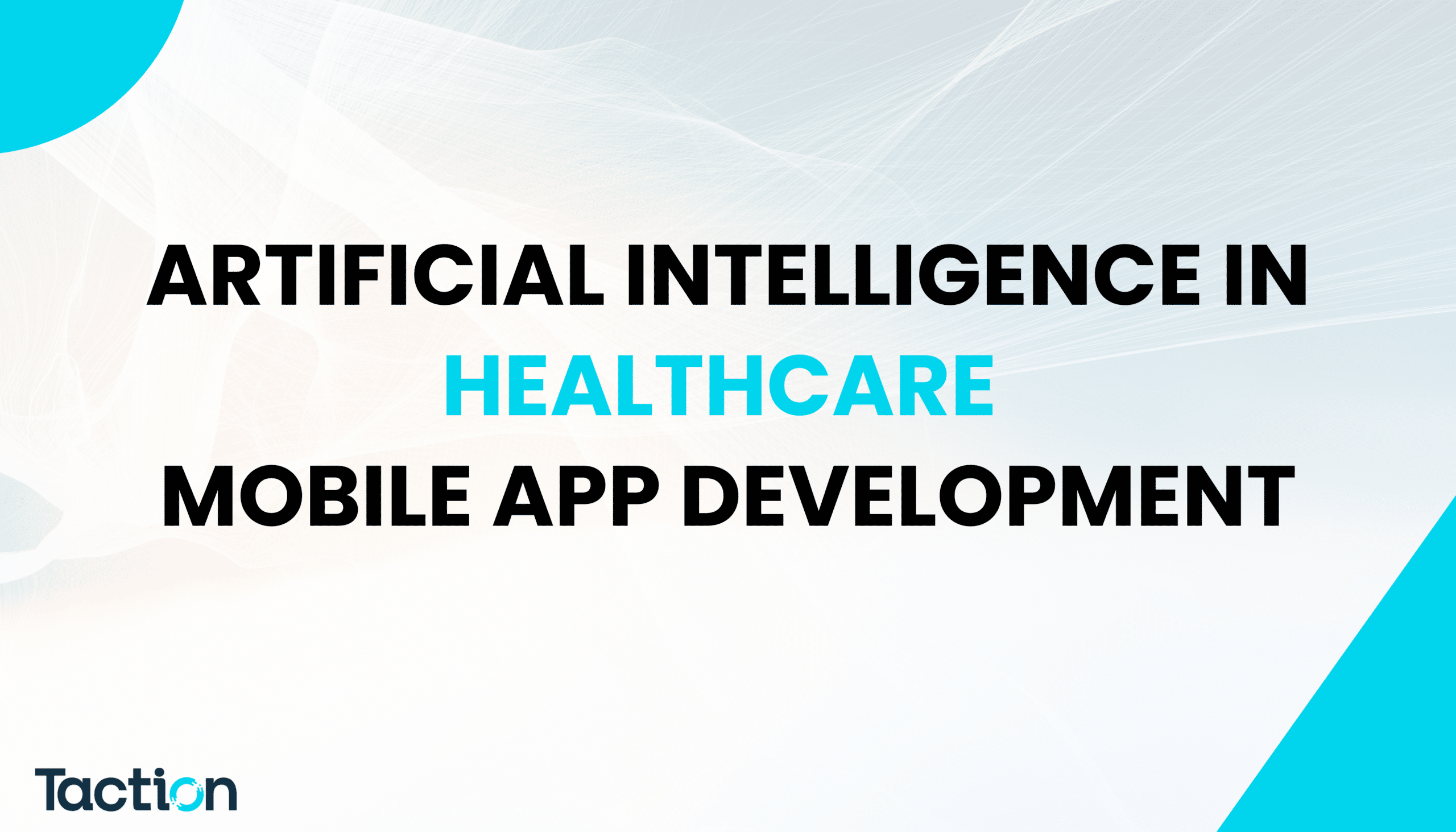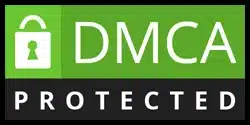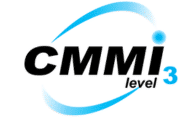Introduction to Patient Engagement Software
Patient engagement software is becoming more and more important in today’s rapidly changing healthcare environment. By enabling patients to take a more active role in their care, and helping providers to deliver more personalized and efficient care, it has the power to revolutionize the healthcare industry.
Patient engagement software can include a wide range of tools, from secure patient portals and appointment scheduling systems to telehealth platforms and real-time health monitoring through wearable devices. These tools help to improve communication between patients and providers, leading to higher satisfaction scores, better adherence to treatment plans, and ultimately better health outcomes.
Providers can also benefit from patient engagement software through streamlined workflows, reduced administrative burdens, and improved patient data insights to drive value-based care. Patient engagement software has been transforming healthcare delivery systems around the world by creating more patient-centered and collaborative care environments with better health outcomes and operational efficiencies for both providers and patients.
Start Engaging Smarter
Empower Your Patients, Streamline Your Practice – Start with a Free Consultation.
Benefits of Patient Engagement Software
Patient engagement software or solutions bring a wide range of benefits for both healthcare providers and their patients. Here are some of the most important ones:
1. Improved Patient Outcomes
Empowering patients to take charge of their health: Patient engagement solutions enable patients to actively manage their health conditions and treatments. Through personalized health education, medication reminders, and real-time monitoring, patients can stay on track with their treatment plans, leading to better health outcomes and reduced risk of complications and hospital readmissions.
2. Enhanced Communication and Collaboration
Facilitating communication and collaboration: Patient engagement solutions include messaging and communication tools and telehealth platforms that make it easier for patients to connect with their care providers. This two-way communication helps to build a better patient-provider relationship, as patients can feel more heard and supported.
3. Increased Healthcare Efficiency
Enabling providers to streamline operations: Patient engagement software includes features that help providers to streamline their operations. Providers can save time and resources on administrative tasks such as appointment scheduling, billing, and patient data management. As a result, providers can spend more time focusing on the care of their patients.
4. Greater Patient Satisfaction
Helping providers make timely and informed decisions: Patient engagement solutions also make it easier for providers to access real-time patient data, such as from wearable devices or remote patient monitoring tools. Providers can make more informed and timely clinical decisions, as they have a better understanding of patients’ conditions and progress.
5. Support for Value-Based Care
Increasing patient satisfaction and trust: Patient engagement solutions also focus on improving the patient experience. By making it easier for patients to access their health records, test results, and treatment plans, patient engagement software helps patients feel more in control of their care. This, in turn, improves patient satisfaction and trust in the healthcare providers.
Aligning with value-based care goals: Patient engagement solutions support the goals of value-based care. By encouraging preventive measures and reducing unnecessary procedures, patient engagement software can help providers to improve patient outcomes and meet quality benchmarks while reducing costs.
patient engagement software and solutions are a powerful tool for providers and patients. They help to improve patient outcomes, increase provider efficiency and satisfaction, and create a more patient-centric healthcare system.
Also Read: Wellness App Development
Key Features of Effective Patient Engagement Solutions
The features that your patient engagement software offer must incorporate solutions which address key use cases in facilitating communications, streamlining workflows, and empowering patients to take charge of their care. Here’s a list of must-have features of a robust patient engagement solution:
1. Patient Portals
Patient portals are a fundamental part of any engagement solution. They offer patients a secure and convenient means to access their health information when it suits them. This can include things like viewing medical records, lab results, and treatment plans. Patient portals also often allow users to update personal information, request prescription refills, and more.
2. Appointment Scheduling
Seamless appointment scheduling plays an important role in driving patient satisfaction and cutting down on the administrative burden. Patients can book, reschedule, or cancel appointments at their convenience, without having to call the clinic. The feature may also send automated appointment reminders, to help reduce the number of missed appointments.
3. Secure Messaging
Secure messaging enables patients and providers to communicate with each other in a secure and reliable way. This means that users can share important information and ask questions, while still maintaining the privacy of sensitive health data. By promoting a two-way conversation between patients and providers, secure messaging can improve patient-provider relationships and drive better care coordination.
4. Telehealth Integration
As virtual care becomes more and more prevalent, the integration of telehealth into patient engagement software is a critical feature. This functionality allows patients to connect with their healthcare providers remotely through video conferencing, helping to cut down on unnecessary in-person visits. Telehealth can improve access to care, particularly in rural or underserved areas, while also providing a more convenient and less stressful experience for patients.
5. Real-Time Health Monitoring
6. Educational Resources
Providing access to health education resources empowers patients to make informed decisions about their care. Effective software includes personalized content, such as articles, videos, and guides tailored to the patient’s condition or treatment plan.
By incorporating these features, Taction Software delivers comprehensive patient engagement solutions that improve patient outcomes, streamline operations, and foster a more collaborative healthcare environment.
Also Read: How Much Does It Cost to Develop Software?
Types of Patient Engagement Tools
Effective patient engagement relies on various tools and platforms designed to empower patients and streamline healthcare processes. Below are the most widely-used patient engagement tools:
1. Mobile Health Apps
Mobile health apps are among the most popular patient engagement tools due to their convenience and accessibility. Patients can use these apps to track their fitness goals, monitor vital signs, schedule appointments, and access medication reminders, all from the palm of their hand. Many mobile health apps also have secure messaging capabilities that enable users to communicate with their providers.
2. Wearable Devices
Wearable devices, such as fitness trackers and smartwatches, are transforming the landscape of patient engagement by providing real-time health monitoring. These tools are equipped to track a wide range of metrics, including heart rate, sleep patterns, and physical activity levels. When connected to patient engagement software, wearable devices deliver a comprehensive and holistic view of a patient’s health, allowing for proactive care and early intervention.
3. Patient Education Platforms
Patient education platforms play a crucial role in promoting health literacy and informed decision-making. These platforms offer a wealth of resources, including videos, articles, and interactive guides tailored to a patient’s specific condition or treatment plan. By enhancing understanding and encouraging self-management, patient education platforms improve adherence to care plans and empower individuals to take control of their health.
4. Telehealth Solutions
Patient education platforms are another essential patient engagement tool that can help improve health literacy and decision-making. These platforms provide patients with access to a variety of resources, such as videos, articles, and interactive guides, all tailored to their specific condition or treatment plan. By enhancing patient understanding and promoting self-management, patient education platforms can lead to better adherence to care plans and improved health outcomes.
5. Patient Portals
Patient portals provide a secure and centralized location where users can access their medical records, test results, and treatment plans. These portals also typically include features such as online bill payments, appointment scheduling, and secure messaging with providers.
Incorporating these tools into patient engagement software, such as Greenway Interoperability Solutions, helps to create a more engaging and patient-centric experience, which can lead to better health outcomes and higher levels of satisfaction.
Also Read: How to Create a Social Media App
The Role of Patient Engagement in Value-Based Care
Patient portals are secure, centralized places where users can access their records, test results, and treatment plans. Patient portals may also include online bill payments, scheduling, and secure messaging with providers.
Empowering Patients in Their Care Journey
Patient engagement software gives individuals tools like personalized care plans, education resources, and real-time health tracking. These features empower patients to make informed decisions, actively participate in their care, and adhere to treatment plans. This leads to improved health outcomes and reduced readmissions.
Enhancing Communication and Coordination
Supporting Preventive Care
Value-based healthcare starts with preventive care. Engagement tools encourage patients to book check-ups, screenings and vaccinations regularly, with automated reminders and tracking of their progress. Timely interventions can minimize the need for more intensive and costly treatments in the future.
Promoting Data-Driven Decisions
Thanks to connectivity across devices and patient portals, engagement platforms also generate meaningful health data. Providers can leverage these insights to personalize treatment plans, monitor progress and proactively adjust interventions. Data is at the heart of value-based healthcare and can’t be ignored.
Reducing Healthcare Disparities
Improving Treatment Adherence
Also Read: Electric Vehicle Software Development
Challenges in Implementing Patient Engagement Software
Patient engagement software can have a significant positive impact on healthcare, but there are also several hurdles and challenges associated with its implementation. If healthcare organizations can overcome these barriers to patient engagement solutions adoption, then the tools have the potential to help patients improve their care.
1. Resistance to Change
The greatest of the patient engagement barriers is often resistance to change, both on the part of patients and healthcare providers. Learning to use new tools can be a daunting prospect for both users. When engaging patients, it is important to consider that people can be reluctant to change. For providers, implementation barriers may include fears of disrupting workflows and having to face a steep learning curve to adopt a new technology. The answer to these challenges lies in user-friendly software interfaces, as well as proper training and ongoing support.
2. Lack of Interoperability
The healthcare IT integration necessary for a smooth adoption of patient engagement software presents another challenge. Healthcare organizations often face difficulties integrating new solutions into existing systems, including electronic health record (EHR) systems and other platforms and applications. Poor interoperability can lead to data silos, inefficiencies, and reduced functionality of the patient engagement software.
3. Data Privacy and Security Concerns
Security and compliance challenges also arise with the collection and handling of sensitive patient data. Implementing measures to ensure compliance with relevant regulations such as HIPAA and GDPR can pose its own challenges. This is particularly so with establishing security protocols, such as encryption, secure APIs, and access controls. Failure to adequately protect patient data can lead to loss of trust, as well as legal and financial consequences.
4. High Implementation Costs
5. Limited Patient Adoption
Getting patients to use the software consistently after implementation can still be a challenge. Low adoption rates may occur due to a poor user experience, lack of awareness, or lack of perceived value.
Overcoming these hurdles through effective planning, stakeholder engagement, and ongoing support can help healthcare organizations get the most out of their patient engagement solutions
Also Read: Developing a Mobile App Startup
Case Studies: Successful Patient Engagement Implementations
Taction Software has a history of successfully implementing patient engagement solutions that result in improved outcomes for both providers and patients. Here are a few examples of patient engagement case studies:
Case Study 1: Enhancing Chronic Disease Management for a Multispecialty Clinic
A large multispecialty clinic engaged Taction Software to implement a patient engagement platform to help with chronic disease management. The solution included a patient portal with personalized care plans, medication reminders, and secure messaging. The platform also integrated with wearable devices to track vital signs like blood pressure and glucose levels.
Results:
- 40% improvement in patient adherence to care plans.
- Reduced hospital readmissions by 25%.
- Enhanced patient-provider communication, leading to higher patient satisfaction scores.
Case Study 2: Streamlining Appointment Scheduling for a National Hospital Network
Results:
- No-show rates decreased by 30%.
- Administrative workload reduced by 20%, allowing staff to focus on patient care.
- Improved patient satisfaction due to simplified scheduling.
Case Study 3: Empowering Rural Patients with Telehealth Services
One of the healthcare organizations serving patients in rural areas required a solution to facilitate care for the patients. The organization collaborated with Taction Software to develop a telehealth platform with video conferencing features and secure data sharing. The solution also included resources for patient education based on the patient’s individual health condition.
Results:
- 50% increase in access to specialist consultations for rural patients.
- Reduced travel-related healthcare costs by 35%.
- Increased patient engagement through accessible and personalized care.
Case Study 4: Boosting Preventive Care for a Corporate Wellness Program
Taction Software worked with a global MNC to create a corporate wellness app. The app featured fitness tracking, health challenges, and interactive wellness resources to promote a focus on prevention among its users.
Results:
- 60% of employees actively participated in the program.
- Improved overall employee health metrics, such as reduced BMI and increased activity levels.
- Enhanced workplace productivity and reduced absenteeism.
These healthcare success stories highlight how Taction Software’s patient engagement solutions effectively address diverse challenges, improve health outcomes, and foster stronger patient-provider relationships.
Future Trends in Patient Engagement Technology
1. AI in Patient Engagement
Artificial intelligence (AI) is transforming patient engagement by automating routine tasks and offering intelligent insights. Chatbots powered by AI are increasingly being used to answer patient queries, schedule appointments, and send health reminders. AI-driven solutions can also analyze patient data to offer personalized care recommendations, improving engagement and adherence to treatment plans.
2. Predictive Analytics
Predictive analytics is another powerful tool that can be used to anticipate potential health risks and intervene before they escalate. By analyzing historical and real-time data, predictive models can identify patterns and trends to predict outcomes. For instance, predictive analytics can help identify patients at risk of hospital readmission or chronic disease exacerbation, allowing for early, preventive intervention.
3. Personalized Healthcare Experiences
4. Integration with Wearables and IoT
As wearable devices and Internet of Things (IoT) technology continue to proliferate, real-time health monitoring is becoming more prevalent. Wearables such as fitness trackers and smartwatches can provide continuous streams of health data that can be integrated with patient engagement platforms to deliver actionable insights and proactive care.
5. Gamification and Behavioral Nudges
Another trend is the use of gamification elements such as rewards, leaderboards, and health challenges to increase long-term engagement on many patient engagement platforms. Behavioral nudges such as reminders and motivational messages can also be used to reinforce positive habits and improve adherence to care plans.
By incorporating these and other emerging trends, healthcare providers can offer more engaging, efficient, and patient-centered experiences that will help shape the future of patient engagement solutions.
Why Choose Taction Software for Patient Engagement Solutions
Taction Software is a trusted provider of patient engagement software development, delivering innovative and tailored solutions to help healthcare providers deliver exceptional, patient-centric care. With extensive expertise in the healthcare IT services industry, Taction Software is committed to providing clients with state-of-the-art tools and technologies that improve communication, streamline processes, and lead to better health outcomes.
Expertise in Healthcare IT Services
With years of experience in creating secure, scalable, and HIPAA-compliant healthcare solutions, Taction Software is well-equipped to handle any patient engagement software development project. Whether it’s a patient portal, telehealth platform, mobile health app, or wearable integration, Taction Software has the knowledge and expertise to design and deliver a comprehensive suite of services that meet your organization’s unique needs. By utilizing cutting-edge technologies like AI, predictive analytics, and IoT, Taction Software’s patient engagement solutions are designed to drive patient engagement and improve operational efficiency.
Focus on Customization and User Experience
Commitment to Security and Compliance
Data Security and Compliance: In the digital health landscape, data security and regulatory compliance are of utmost importance. Taction Software places a strong emphasis on protecting sensitive patient information by implementing robust security measures and ensuring compliance with HIPAA, GDPR, and other healthcare regulations.
End-to-End Support
Full-Stack Development and Support: From initial consultation to post-launch maintenance, Taction Software provides comprehensive support at every stage of the development process, ensuring a smooth implementation and long-term success for healthcare organizations.
Partnering with Taction Software: By choosing Taction Software, healthcare providers gain a reliable partner committed to delivering innovative, secure, and effective patient engagement software that drives better health outcomes and enhances patient satisfaction.
See How We Boost Patient Satisfaction
Want to See These Features in Action? Schedule a Personalized Demo.
Contact Information and Next Steps
Want to improve your health services with patient engagement software? Get in touch with Taction Software and let us help you to take your first step towards happy patients and better health outcomes. Our team of healthcare software developers can support you at every stage, from the very first idea to the final product.
Connect with healthcare software developers at Taction Software and learn about the custom options that your organization has. From creating a secure portal for your patients, to telehealth integration to real-time health monitoring, we can help you to make it happen.
How to Reach Us:
- Website: www.tactionsoft.com
- Email: info@tactionsoft.com
- Phone: +1 307-459-0850
Don’t wait—start your patient engagement project with Taction Software today and revolutionize the way you connect with your patients!

